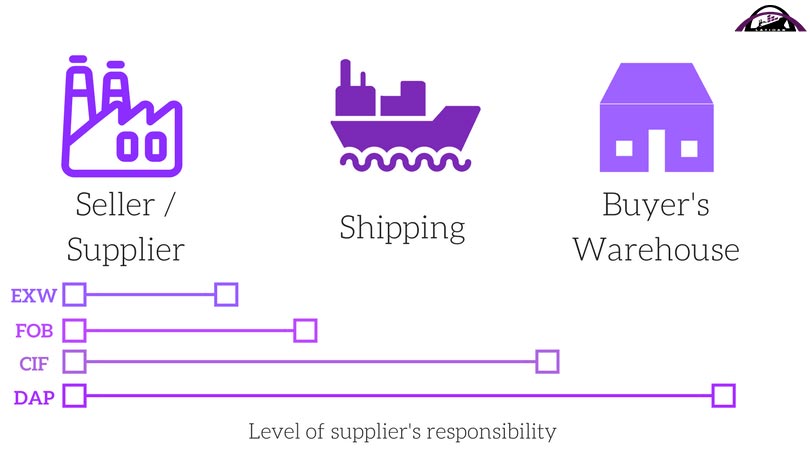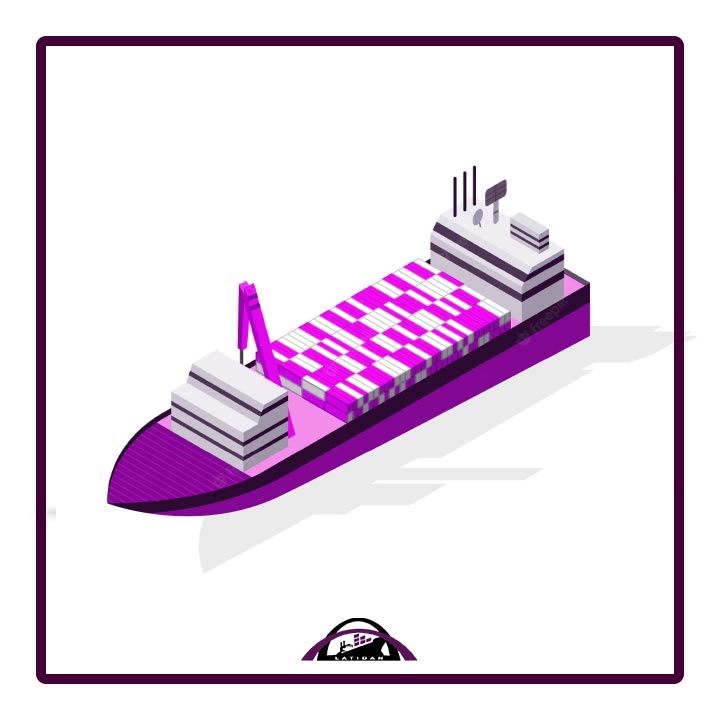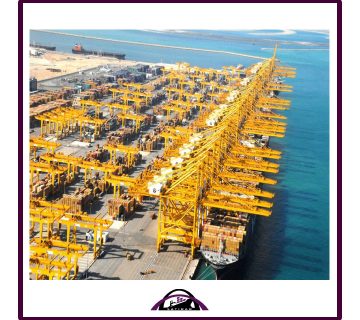In ocean freight, cargo is loaded into large containers that are loaded onto vessels before being transported by sea.
Types of Ocean Freight
Incoterms (International Commerce Terms), or shipping terms, define clearly where and when the goods are shipped, as well as how they are transported.
- EXW, or ex-works, refers to transportation of goods from the supplier to a factory or manufacturer.
- FOB, or Free on Board, refers to delivery to the port or terminal in the supplier’s country.
- CIF is Cost, Insurance, and Freight, which covers transportation to the buyer’s country
- DAP/ DDU, or Delivery at Port / Delivery and Duty, Unpaid, which delivers all the way to your facility or warehouse, excluding the cost of tariffs and taxes

What is the cost of ocean freight?
Importing or shipping goods overseas involves numerous tariffs and costs. It depends on the agreement with your supplier – will they just be delivering to their port, your terminal, your warehouse? Make sure you know which incoterm applies to your shipping contract, so you and the supplier are on the same page.
- LCL or FCL fees
- Transportation to Port of Loading
- Export customs declaration
- Loading port fees
- Ocean freight charge
- Insurance
- Destination port fees
- Import customs clearance
- Customs duty/tax
- Transportation from the Port of Destination
- Destination country customs related fee (i.e. Duty/Tax)
- Destination port/terminal handling fee (i.e. THC)
- Destination agent service fee (i.e. D/O)
Bill of Lading and Shipping
Shipments require a Bill of Lading (BL), which can be called a seaway bill or ocean bill. A Bill of Lading lists the cargo that will be loaded or carried on a ship, given to the consignee of the goods. Bills of Lading serve as a form of receipt, a contract that states that goods are being shipped, and a document that shows the title to goods.




No comment